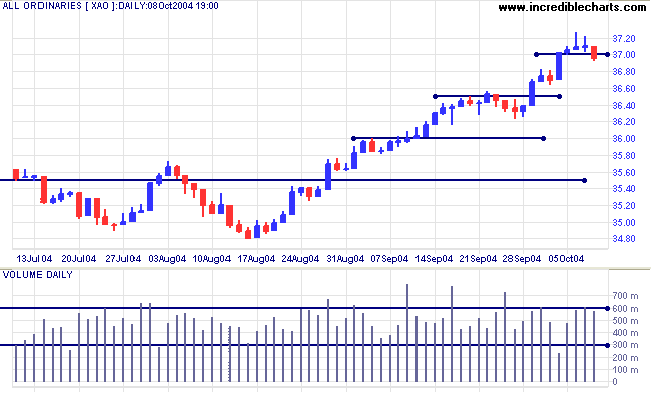


Project Management Knowledge Areas from PMBOK® Guide Performing the steps in the project control processĭetermining the effects of actual schedule performance on the project scheduleĭetermining approaches to controlling the project scheduleĪfter studying this chapter, the you should be able to:Įstimate the resources required for activitiesĭetermine the earliest start and finish times for activitiesĭetermine the latest start and finish times for activitiesĭevelop updated schedules based on actual progress and changesĭiscuss and apply approaches to control the project schedule Identifying the critical (longest) path of activities If at any time during the project it is determined that the project is behind schedule, corrective action must be taken to get back on schedule, which can be very difficult if a project gets too far behind.īased upon this chapter, you will become familiar withĮstimating the resources required for each activityĮstimating the duration for each activityĮstablishing the estimated start time and required completion time for the overall projectĬalculating the earliest times at which each activity can start and finish, based on the project estimated start timeĬalculating the latest times by which each activity must start and finish in order to complete the project by its required completion timeĭetermining the amount of positive or negative slack between the time each activity can start or finish and the time it must start or finish This involves measuring actual progress and comparing it to the schedule. Once a project actually starts, it is necessary to monitor progress to ensure that everything is going according to schedule. This chapter discusses monitoring and controlling the progress of the project, replanning, and updating the project schedule.


 0 kommentar(er)
0 kommentar(er)
